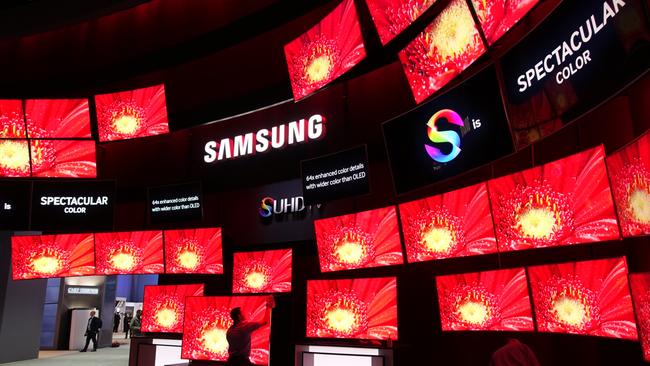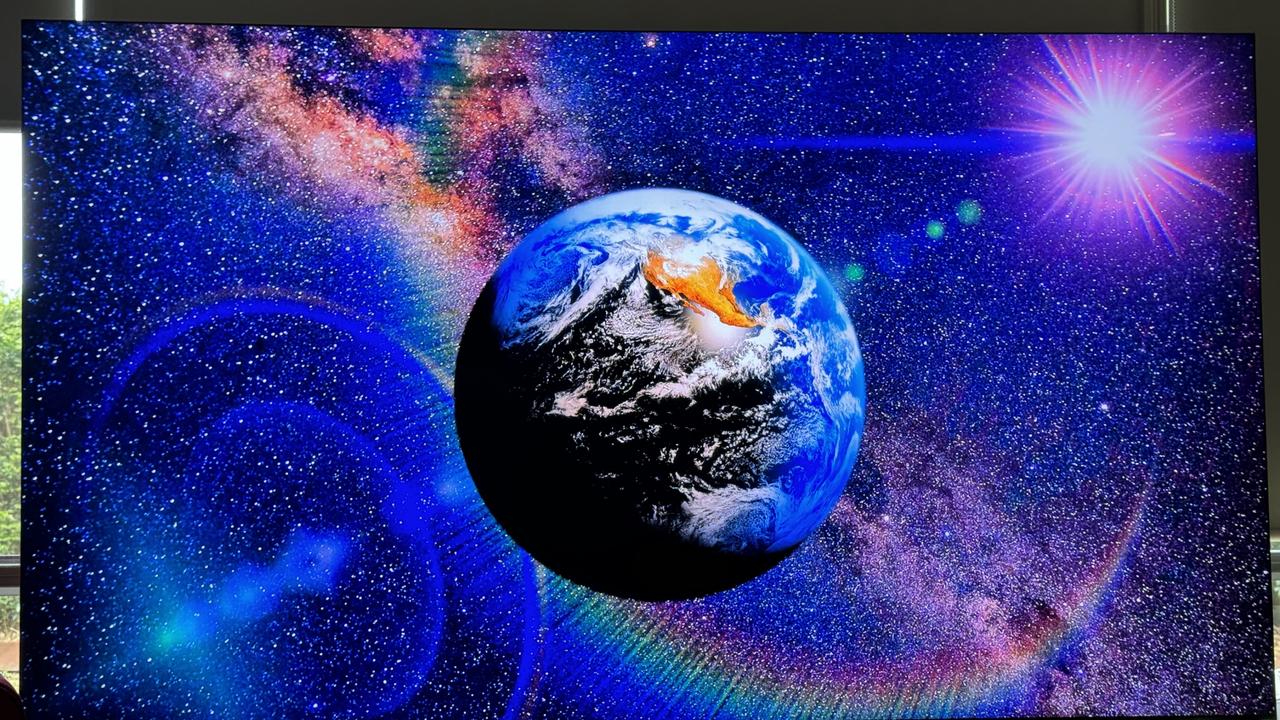Ultra High-Definition televisions to go mainstream this year but a screen war may confuse consumers
New televisions will be clearer than ever this year but the choice of which model may be anything but as consumers face hard choices in stores.

THE FUTURE of television will become a lot clearer this year ... and for more than one reason.
The next step up in screen resolution is filtering into more stores, and content to make use of the next-generation screens is finally becoming available in Australia.
But potential TV buyers will still have challenging decisions to make, with the new technology arriving in four different screen types, each with their own advantages and disadvantages.
TOP TV: LG’s top TV could cost more than $20,000
TV WAR: Sony, Samsung and LG to battle it out for your lounge room in 2015
April is traditionally the start of a fresh season for televisions and LG beat its competitors to launch this year, revealing a line-up of 29 televisions, 19 of which feature a Ultra High-Definition resolution.

The 4K-capable screens offer twice the resolution of full high-definition models, with four times as many pixels on the screen.
LG home entertainment marketing manager Grant Vandenberg says the company is investing significantly in UHD televisions, which it is tipping to overtake high-definition televisions in spending within months.
“Two thirds of our range will be in 4K this year,” he says.
“The 4K segment continues to grow. Right now it’s about 30 per cent in value terms and we predict it could reach 60 per cent by September.
“When Australian viewers are confronted with new technology, they adopt it, they embrace it, and they get on board.”

But the growth of UHD televisions, introduced in 2013, has been delayed by a scarcity of 4K content needed to make the most of the added screen resolution.
Vandenberg says that hurdle is being overcome in an two extra ways this year.
In addition to homemade content shot on 4K-compatible cameras, Netflix Australia is now offering 4K video streaming on its premium $14.99 plan, and LG will introduce a new codec to its UHD TVs that will let them stream 4K video directly from YouTube.
“4K content has always been the question,” Vandenberg says. “Now it’s here, it’s only a question of whether you have a 25 megabits per second (internet) connection to access it.”
Consumers who choose to adopt Ultra High-Definition televisions, available from LG in sizes from 55 to 98 inches, will need to make an additional decision that might not be as straightforward, however.

LG is touting its OLED or organic light-emitting diode TVs as “the future of television,” with greater contrast, pure blacks, and lower energy consumption.
But LG’s 4K-capable OLED TVs will be late to arrive in Australia, with the company unable to confirm a window for their release.
“Unfortunately for us here in Australia, the demand has been so strong overseas we’ve been asked to hold off a little longer,” Vandenberg says.
Only the full-HD OLED model is currently on sale.
For consumers unwilling to wait, LG and Samsung will offer new TV technology this year.

LG will release three ColourPrime televisions promising brighter pictures thanks to differently coloured LED backlighting. The UF950T televisions will be available up to 79 inches in size.
Similarly, Samsung is expected to release televisions with more vibrant colours later this month, with its SUHD range, shown off at the Consumer Electronics Show, using Quantum Dot technology.
Both LG ColourPrime and Samsung SUHD televisions are expected to be priced more cheaply than their OLED equivalents, but LG argues the latter delivers greater picture quality.
“We’re asking (consumers) to compare OLED in the store next to the TVs they’re considering buying,” Vandenberg says.



